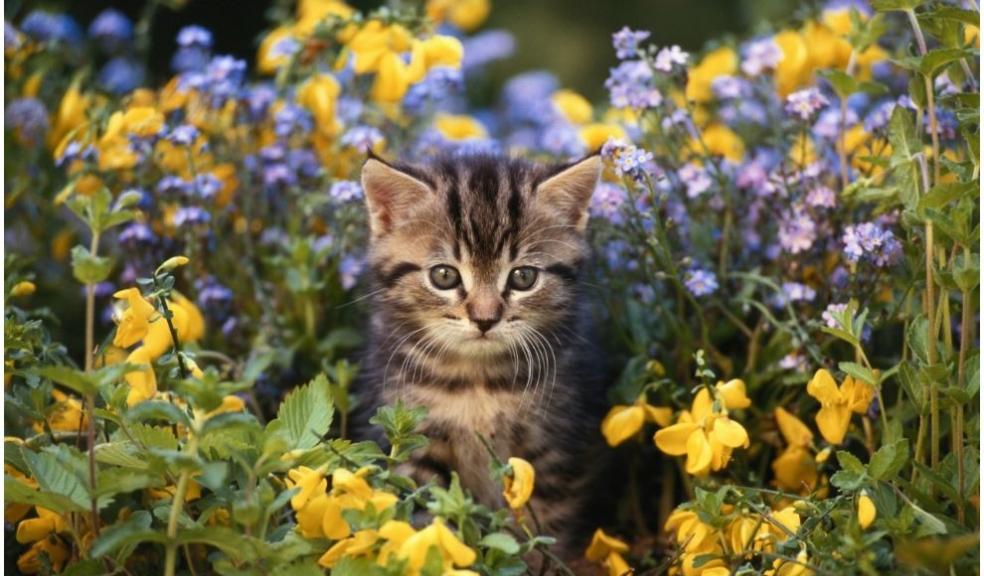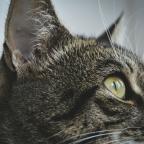
Your summer garden could be TOXIC to your pets, experts reveal
With summer officially here, many people have put their gardening gloves on. However, although pretty, some summer blooms are dangerous to pets. Subsequently, owners need to be careful of what plants are brought into the garden.
With that in mind, the creative community hub at DIYS.com sought to find out the most toxic summer plants pet owners should avoid planting in their gardens. To find out more on the subject, DIYS.com collaborated with David Anderson, Design Director at David Andersen Garden Design who gave his expertise on the matter.
Some of the highlights from the research include:
- The Autumn Crocus is highly toxic and can cause severe vomiting, liver and kidney damage, and respiratory failure.
- Feeding from an Azaleas can result in vomiting, diarrhea and excessive drooling.
- There are dangerous and benign Lilies out there, and it's important to know the difference.
It can be tempting to plant shrubs and flowers that will bloom beautifully in the summer. However, those with pets should be wary, as some can cause harm to animals. Luckily, actual incidents of harm are rare, as most poisonous plants taste bad, making them unattractive to animals. But, to be on the safe side, here's a list of summer plants that pet owners should avoid.
Toxic Plants To Avoid
The Autumn Crocus – The Autumn Crocus is highly toxic and can cause severe vomiting, liver and kidney damage, and respiratory failure. Symptoms are often immediate, but can be delayed for days. If you think your pet may have eaten one of these, take them to the vet immediately.
Azalea – From the same family as rhododendrons, azaleas can have serious effects on pets. Eating even a few leaves can result in vomiting, diarrhea and excessive drooling; without immediate veterinary attention, the pet could fall into a coma and possibly die.
Cyclamen – The roots of this seasonal flowering plant are especially dangerous to pets. If ingested, cyclamen can cause severe vomiting and even death.
Lilies – There are dangerous and benign lilies out there, and it's important to know the difference. Peace, Peruvian, and Calla lilies contain oxalate crystals that cause minor signs, such as tissue irritation to the mouth, tongue, pharynx, and esophagus – this results in minor drooling. The more dangerous, potentially fatal lilies are true lilies, and these include Tiger, Day, Asiatic, Easter and Japanese Show. These are all highly toxic to cats! Even small ingestions (such as 2-3 petals or leaves) can result in severe kidney failure. If your cat is seen consuming any part of a lily, bring your cat (and the plant) immediately to a veterinarian for medical care.
Oleander – Oleander is an outdoor shrub, popular for its evergreen qualities and delicate flowers. However, the leaves and flowers are extremely toxic if ingested and can cause severe vomiting. In worst cases, it can slow the heart rate and can even cause death.
Daffodils – These flowers contain lycorine, an alkaloid with strong emetic properties (something that triggers vomiting). Ingestion of the bulb, plant or flower can cause severe vomiting, diarrhea, abdominal pain, and even possible cardiac arrhythmias or respiratory depression. Crystals are found in the outer layer of the bulbs, similar to hyacinths, which cause severe tissue irritation and secondary drooling. Daffodil ingestions can result in more severe symptoms so if an exposure is witnessed or symptoms are seen, we recommend seeking veterinary care for further supportive care.
Lily of the Valley – The Convallaria majalis plant contains cardiac glycosides which will cause symptoms similar to digitalis (foxglove) ingestion. These symptoms include vomiting, diarrhea, a drop in heart rate, severe cardiac arrhythmias, and possibly seizures. Pets with any known exposure to this plant should be examined and evaluated by a veterinarian and treated symptomatically.







